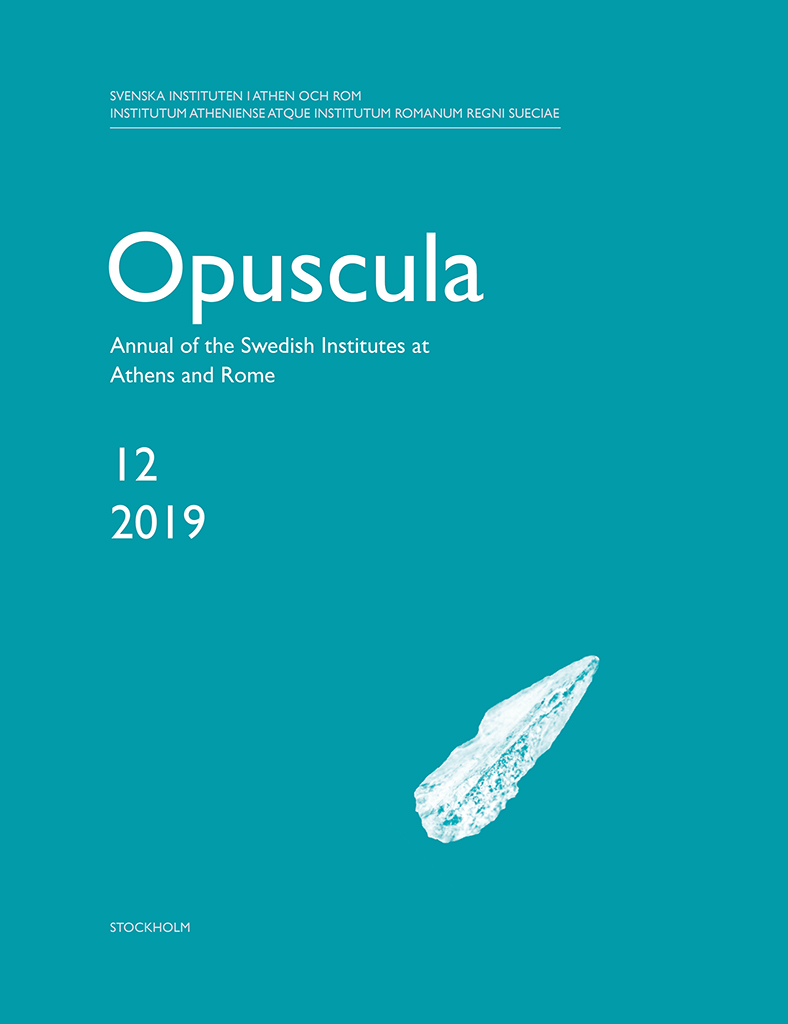Opuscula is published by the Swedish Institutes at Athens and Rome, with the aid of a grant from the Swedish Research Council. Distributed by Eddy.se AB. View journal at ERIH PLUS. All content available with open access. Plants in the sanctuary. Charred seeds from Areas C and D at the Sanctuary of Poseidon at Kalaureia, Poros By Anaya Sarpaki (Independent scholar, Greece) Abstract Excavations at the Sanctuary of Poseidon at Kalaueria in the years 2003–2005 produced a small but quite interesting assemblage of charred seeds and fruits. Their analysis adds to a small existing body of such evidence and sheds light on several issues including aspects of the physical environment in the past, the agricultural economy in the area of the sanctuary, the role of plants in cult, and also the preparation and eating of plant foods and the possible alternative uses of them. The charred seeds that are presented here are part of a larger body of bioarchaeological remains that illuminate daily life in the sanctuary. Bibliographical information Anaya Sarpaki, ’Plants in the sanctuary. Charred seeds from Areas C and D at the Sanctuary of Poseidon at Kalaureia, Poros’, Opuscula. Annual of the Swedish Institutes at Athens and Rome…
Opuscula is published by the Swedish Institutes at Athens and Rome, with the aid of a grant from the Swedish Research Council. Distributed by Eddy.se AB. View journal at ERIH PLUS. All content available with open access. People and plants. Piecing together archaeological and archaeobotanical data to reconstruct plant use and craft activities in Mycenaean Tiryns By Melissa Vetters, Ann Brysbaert, Maria Ntinou, Georgia Tsartsidou & Evi Margaritis Abstract Archaeobotanical data are often employed to reconstruct a site’s or a region’s palaeoecology, human use of plants such as agricultural regimes, and the interplay between vegetation and anthropogenic factors in the palaeoenvironment. This paper aims to show that a context-specific integration of such data helps to guide the focus beyond the macroscale and may thus add significantly to the reconstruction of microscale activity areas. New archaeobotanical data from four different find spots in the Lower Citadel of Tiryns, Greece, dating to the Mycenaean Palatial and Post-Palatial periods highlight the importance of combining the analysis of the fruit/seed macroremains with anthracological and phytolith studies and integrating these results in their archaeological contextual study. Based on the data from botanical non-wood macroremains, wood charcoal, and phytoliths, the paper discusses methodological issues such as…


